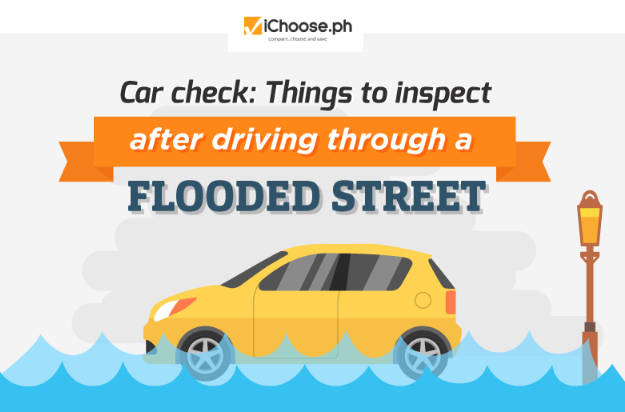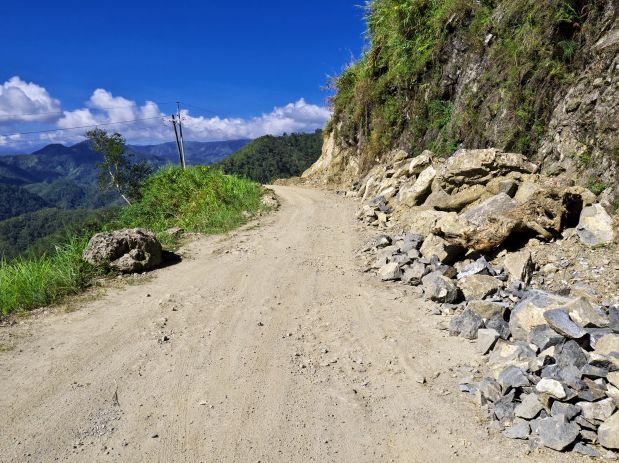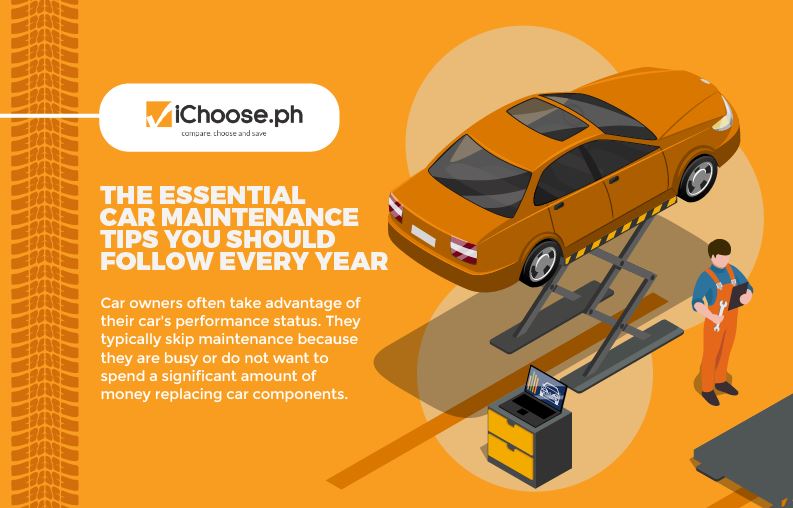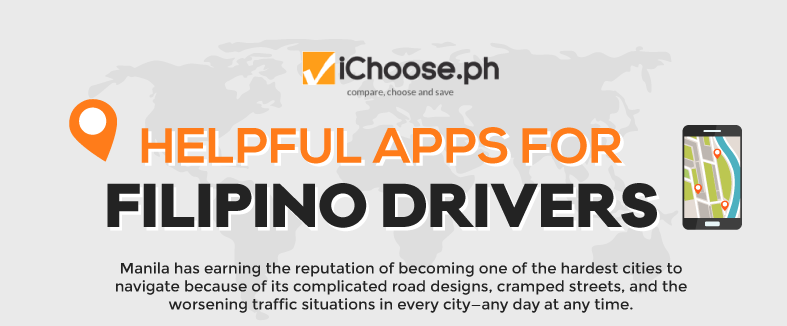Car Check: Things to Inspect After Driving Through a Flooded Street [Infographic]
The rainy season in the Philippines has officially begun. This means that with the endless downpour of shower rains added to the fact that the country is really low lying, to begin with, a flood is surely and expected to rise in many areas in the Metro Manila.
Unless you’ve acquired an amphibious vehicle, you should never take your ride for a dip through floods. It may cost you a lot of money to repair if problems do arise from your vehicle getting soaked. The rule of the thumb is to never go through deep water if you can’t see the curb. However, drivers of public and private vehicles alike are often left with no choice but to let their vehicles travel through flooded streets, compromising the performance and state of their engine as well as their vehicles’ body and interior.
Contrary to the knowledge of some drivers, the car can also be compromised and damaged by shallow flood waters—not just the deep ones. There are certain ways the water can get to your engine. Rushing through it, say going faster than 25 or 35 miles per hour, will only result in the water splashing under the vehicle. Water can also get inside through other parts—like the vent pipe which can lead to transmission failure.
If you have recently braved a flooded street, here are the things you need to check up on your car to make sure everything will remain at its tiptop shape:
Brakes
After passing through a flooded street, refrain from going on full throttle and make sure your brake has come back to its original state. Usually, brakes tend to slip more and lose their grip after getting soaked in water. What you can do, just to be safe is to tap on the brake pedal a few times before you continue driving. This will allow the contact between the pads and rotors/drums to return to its normal, dry state for an optimal bite.
Engine
Since it is your car, you can probably tell if there’s something wrong with your engine after going through a flooded street. Passing through floodwater doesn’t necessarily mean that your car is doomed. It still depends on how deep the flood is and what car you drive.
Just make sure to notice and observe how your car engine reacts and behaves after crossing a flooded area. Note if it has become jittery, or if there are any other irregularities when you drive. Has there been an unusual and sudden loss of power, weird buzzes, and noises?
If such irregularities occur, it is best to park in a safe, dry place and inspect your engine further. Focus on the oil dipstick, is it wet? If it appears milky, it means that water has somehow found its way into your engine say via your air intake. Check your air filter. If water has entered through the air intake, chances are your filter element and airbox will be wet. Water contamination in an engine is no laughing matter. Have your mechanic repair it as soon as you can to prevent further damage.
Electrical and electronics
Most modernly produced cars have innovated their systems and use more water-resistant wires. However, it is still not a 100% guarantee that moisture will not enter and cause issues like shorting. To make sure water is not seeping through your electronics and electrical wirings, inspect your fusebox and see if everything is still intact. If a fuse is busted, locate the specific part by referencing the legend usually found on the fuse box cover. Evaluate the computer box as well and wipe it clean if ever it became wet because of the flood. Check all your external lights as well. When still unsure if your car will be at its best condition, disconnect your car battery and have an automotive electrician check and evaluate your unit.
Interiors
Sometimes floodwater may enter via your car’s undercarriage through compromised seals. Remove your mats and feel if the carpet and padding beneath are soaked. Never let water sit in your interior; wipe down, wet vacuum, and air/blow-dry as soon as possible. Note that most vehicles’ airbag control modules are located under the driver’s seat and must be kept free of moisture.
The best time to check your car is a day or two after you exposed it to water.
If it isn’t checked and gets damaged, you could be shelling out major cash. In the end, the best option is still finding an alternative route and don’t pass through flooded streets as much as you can avoid it.
More useful reads from iChoose.ph







